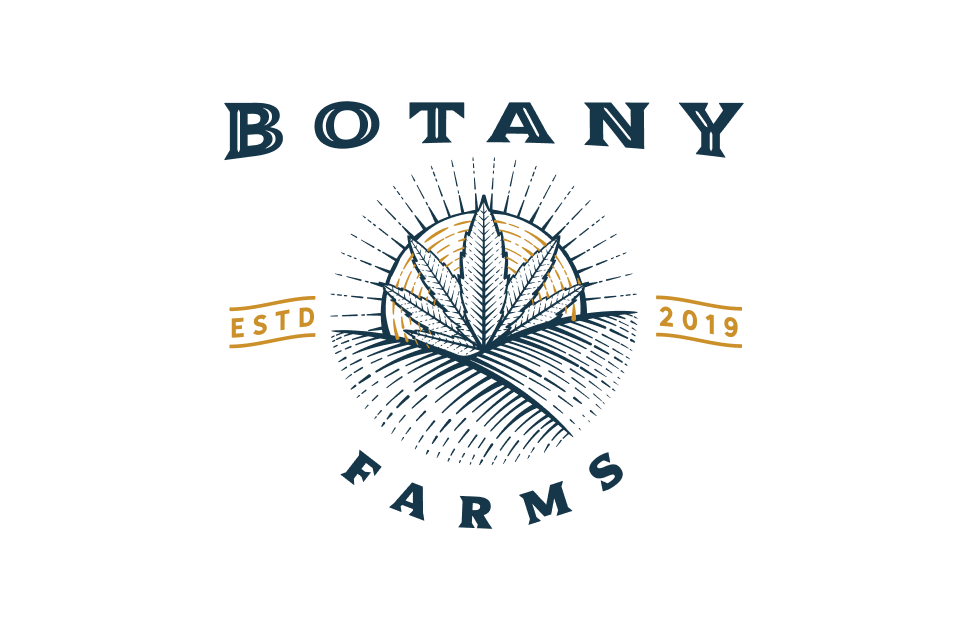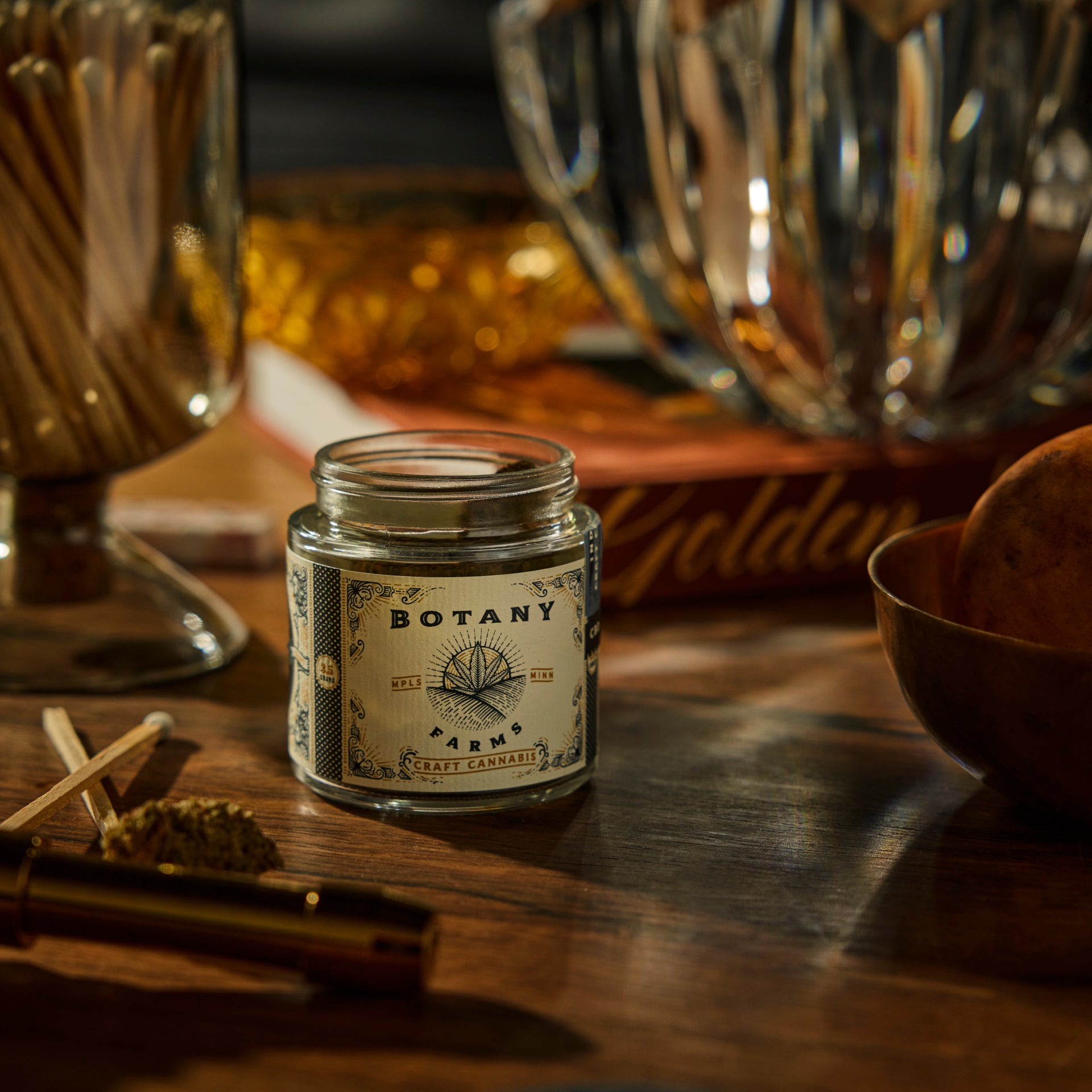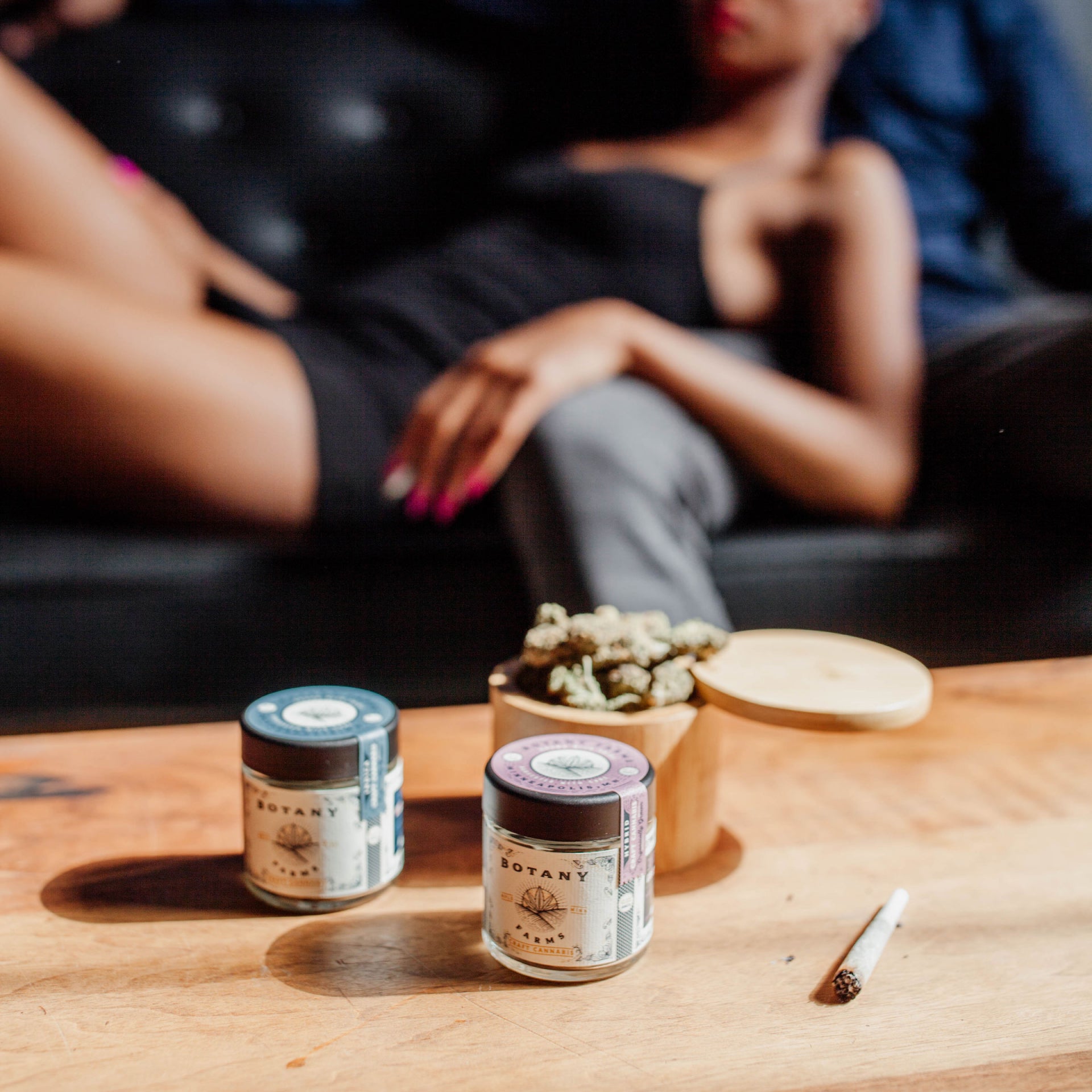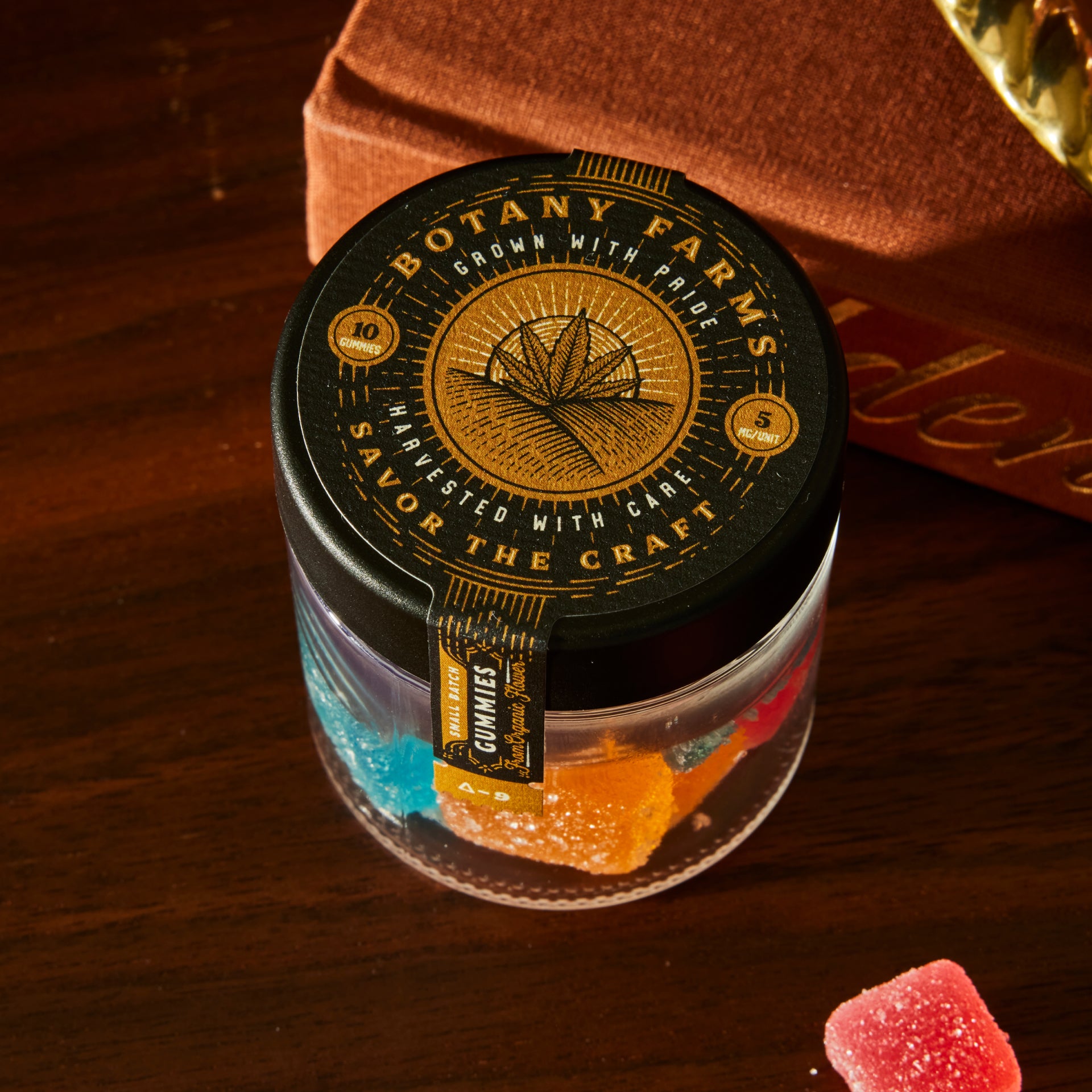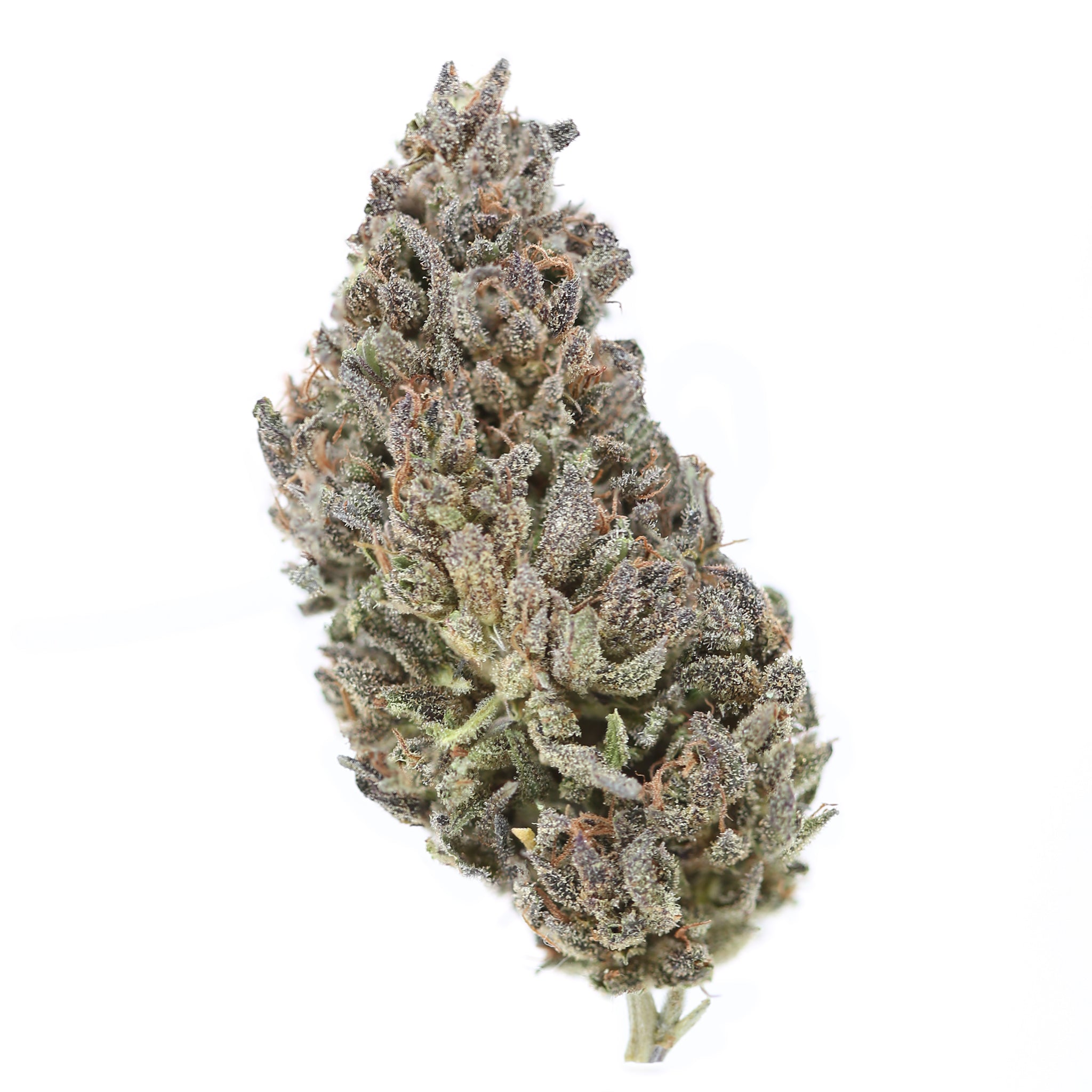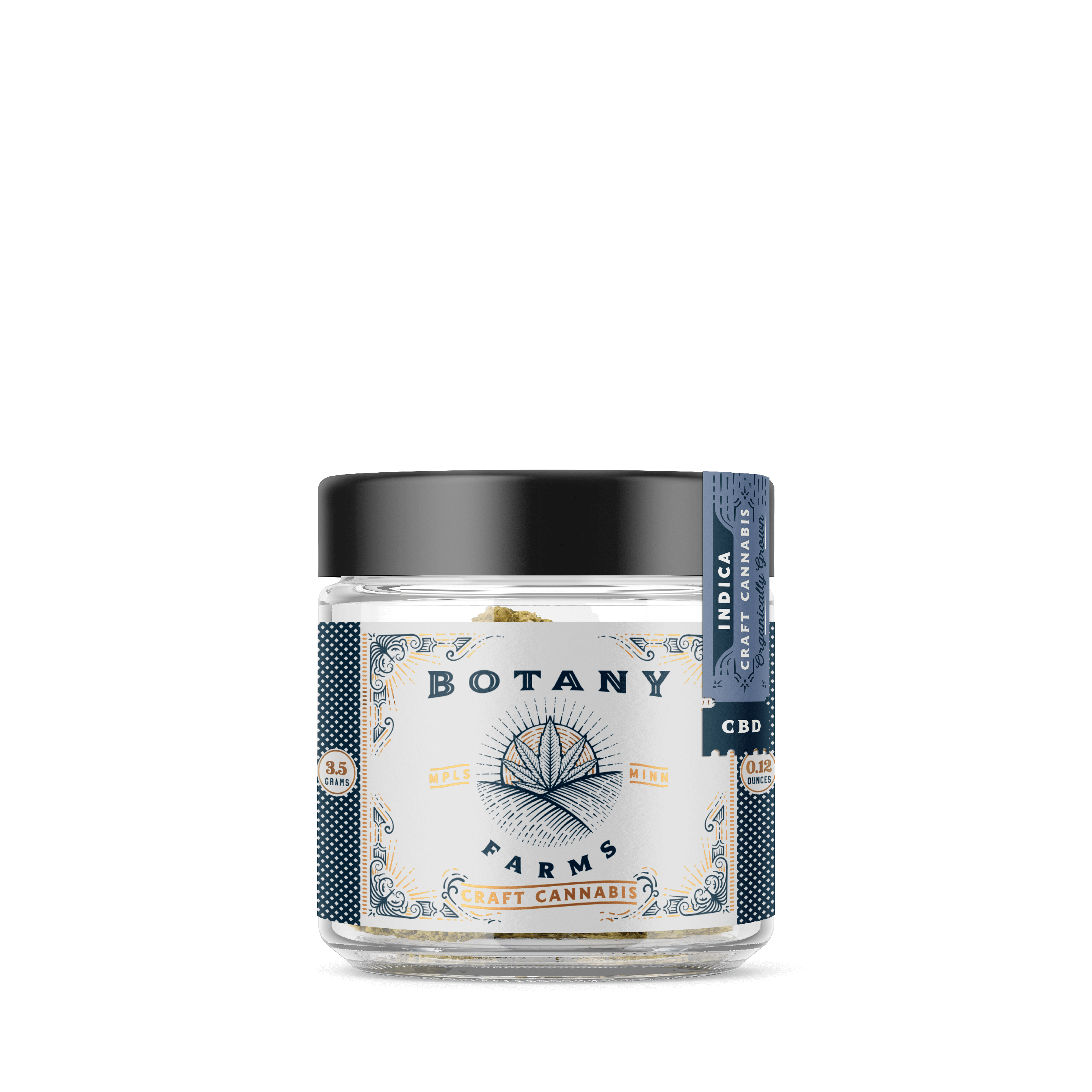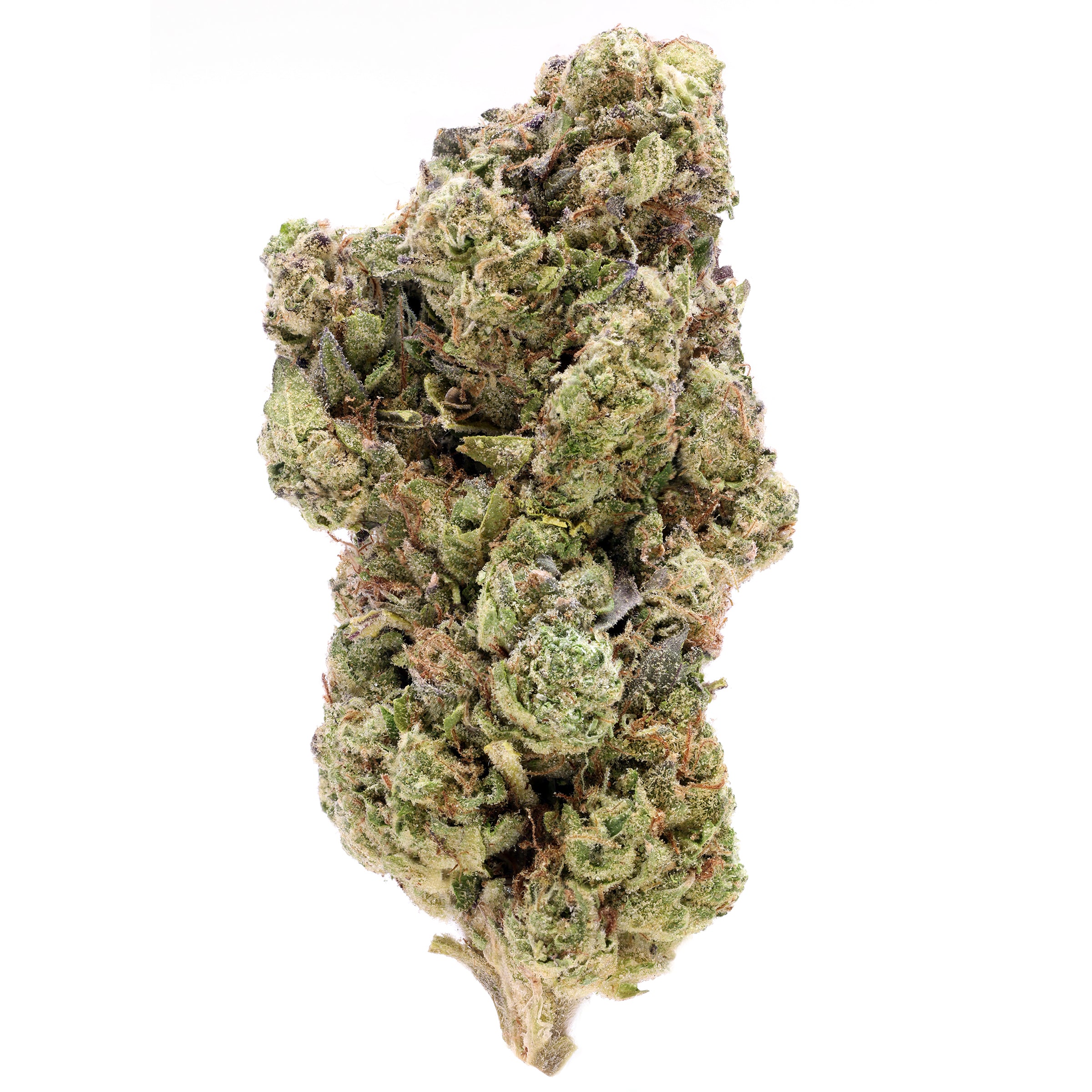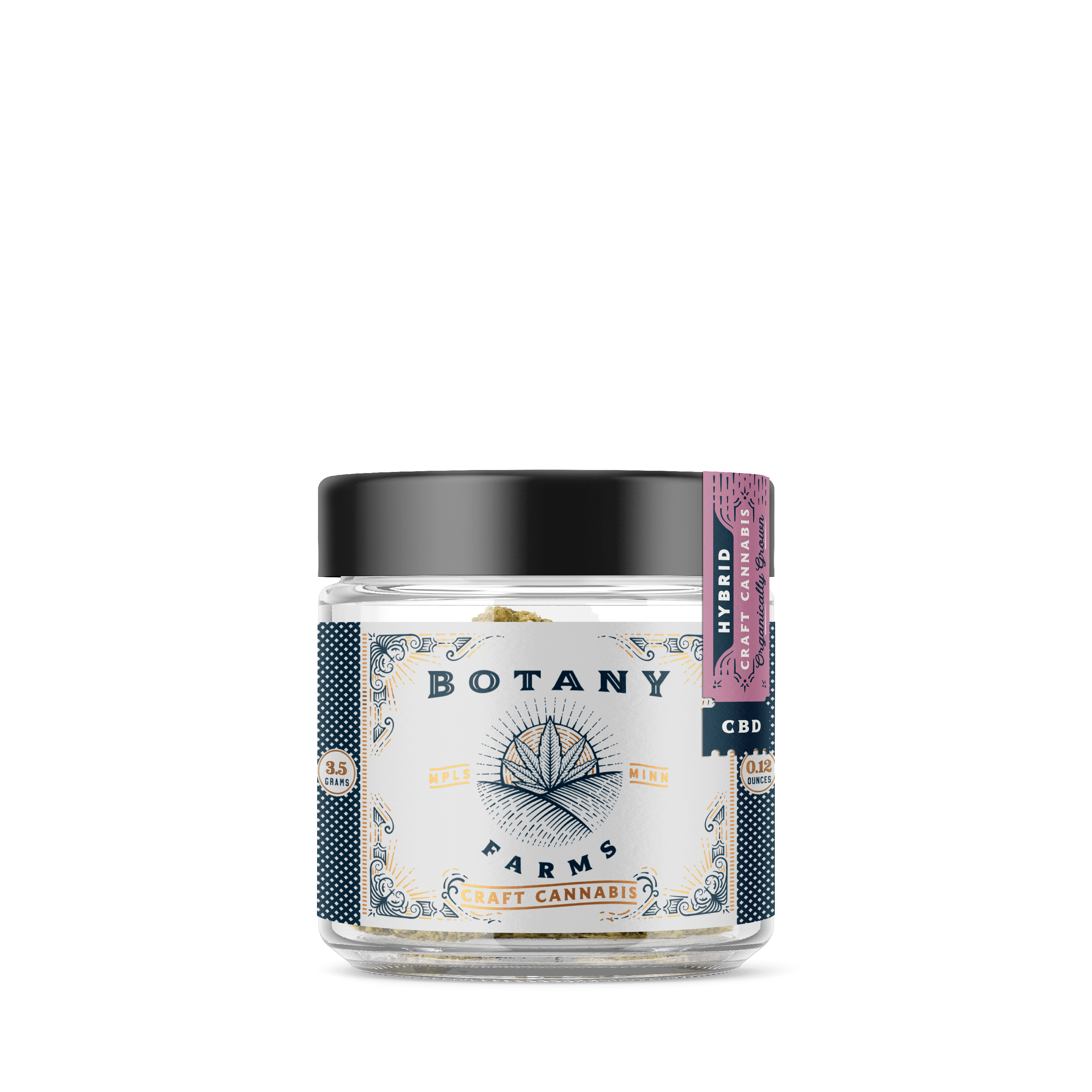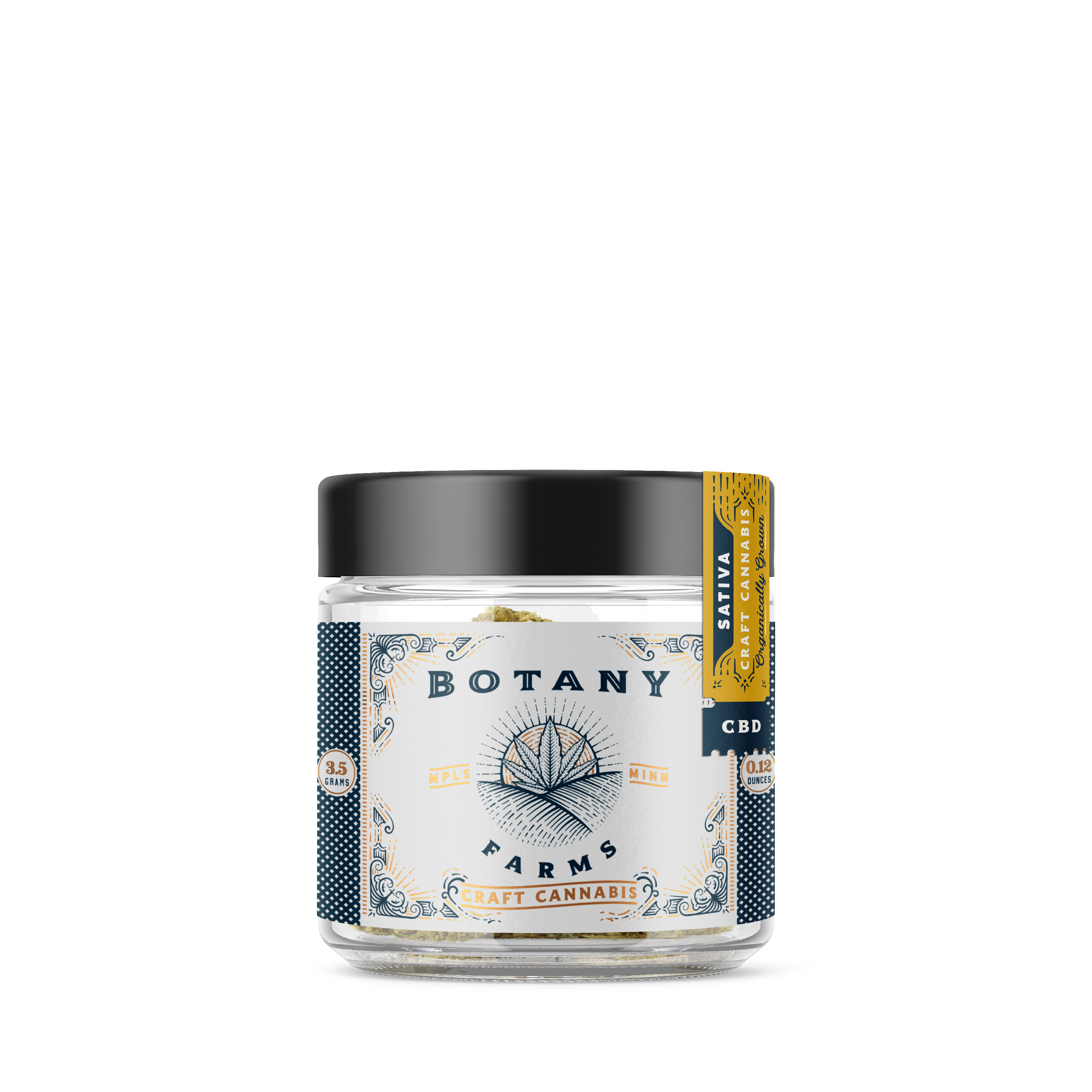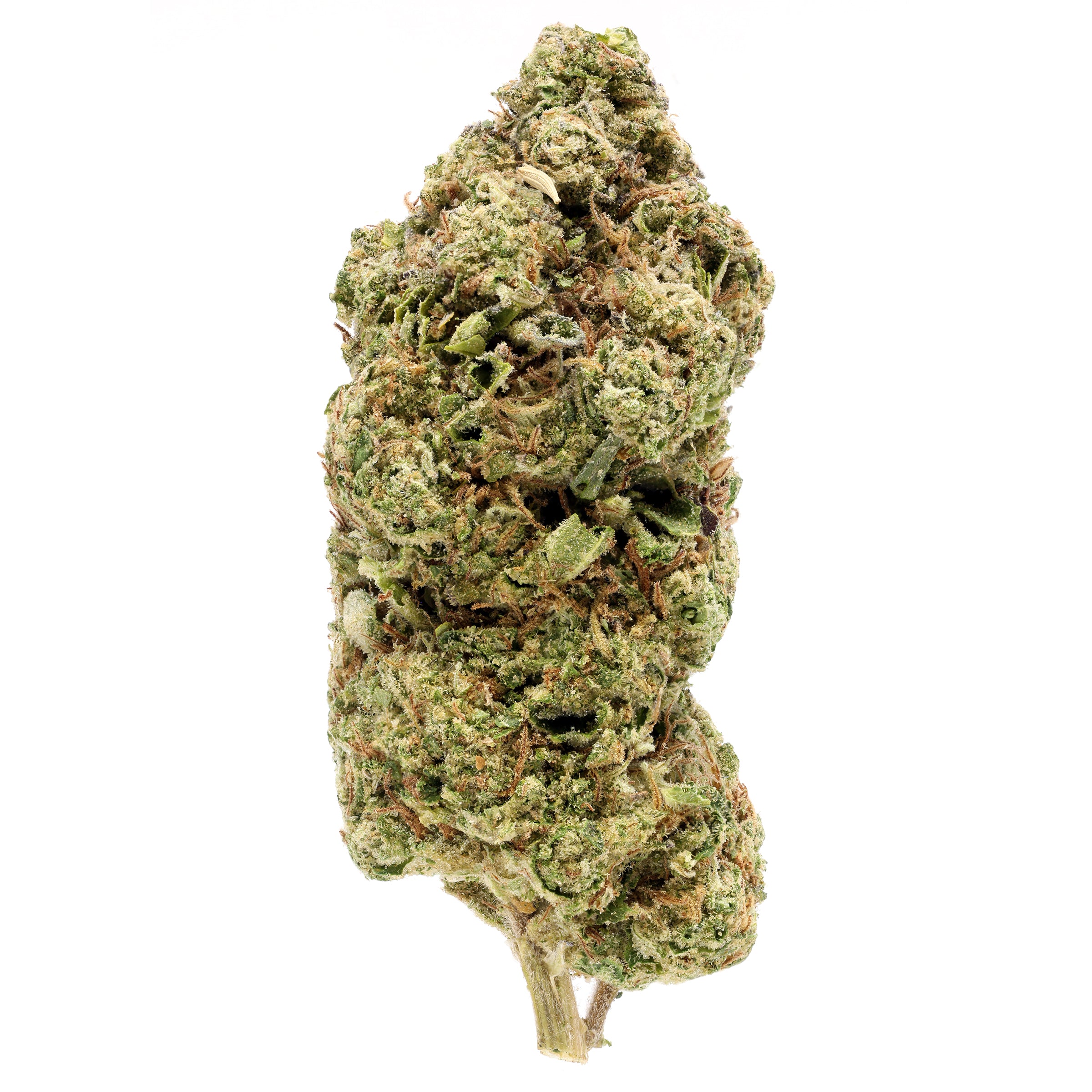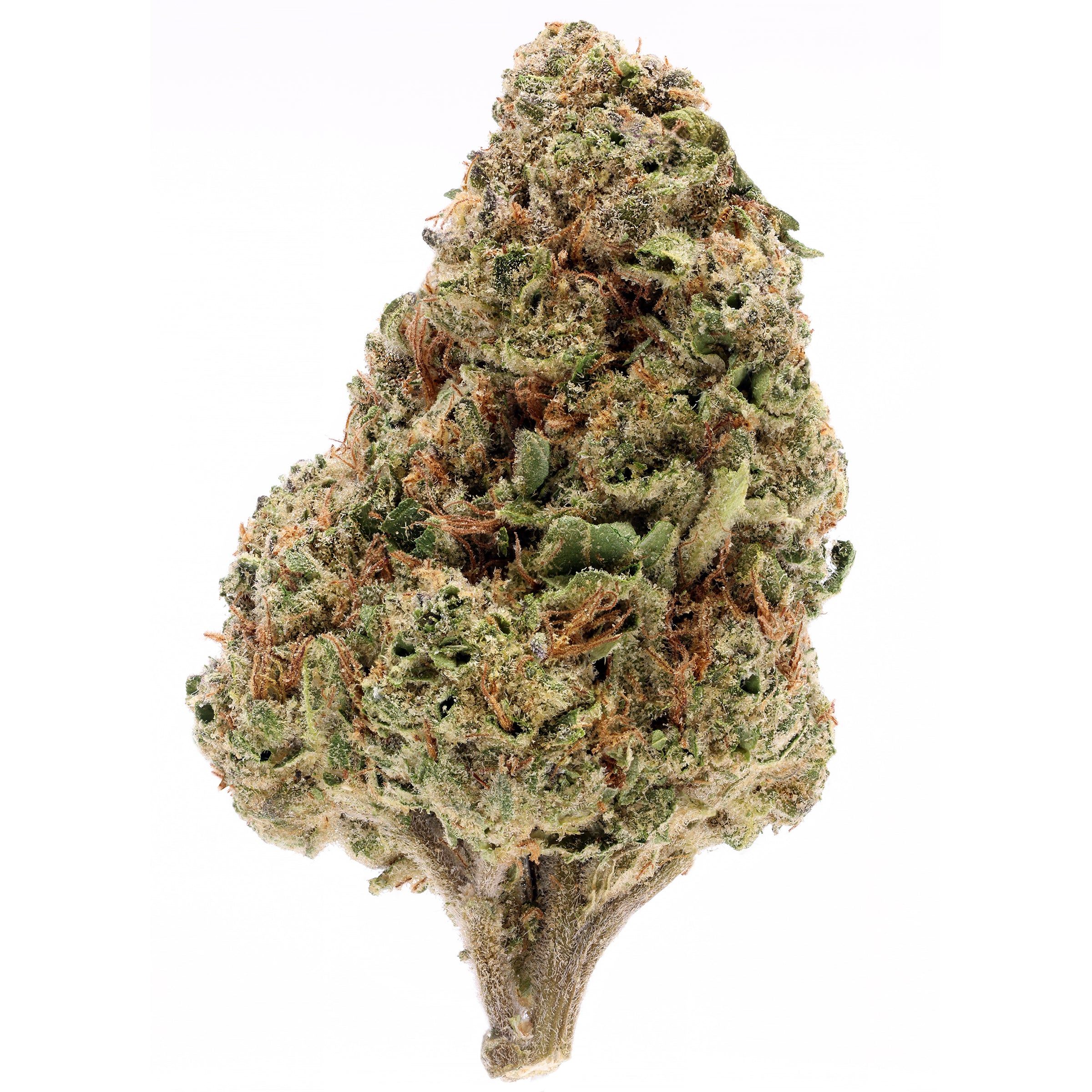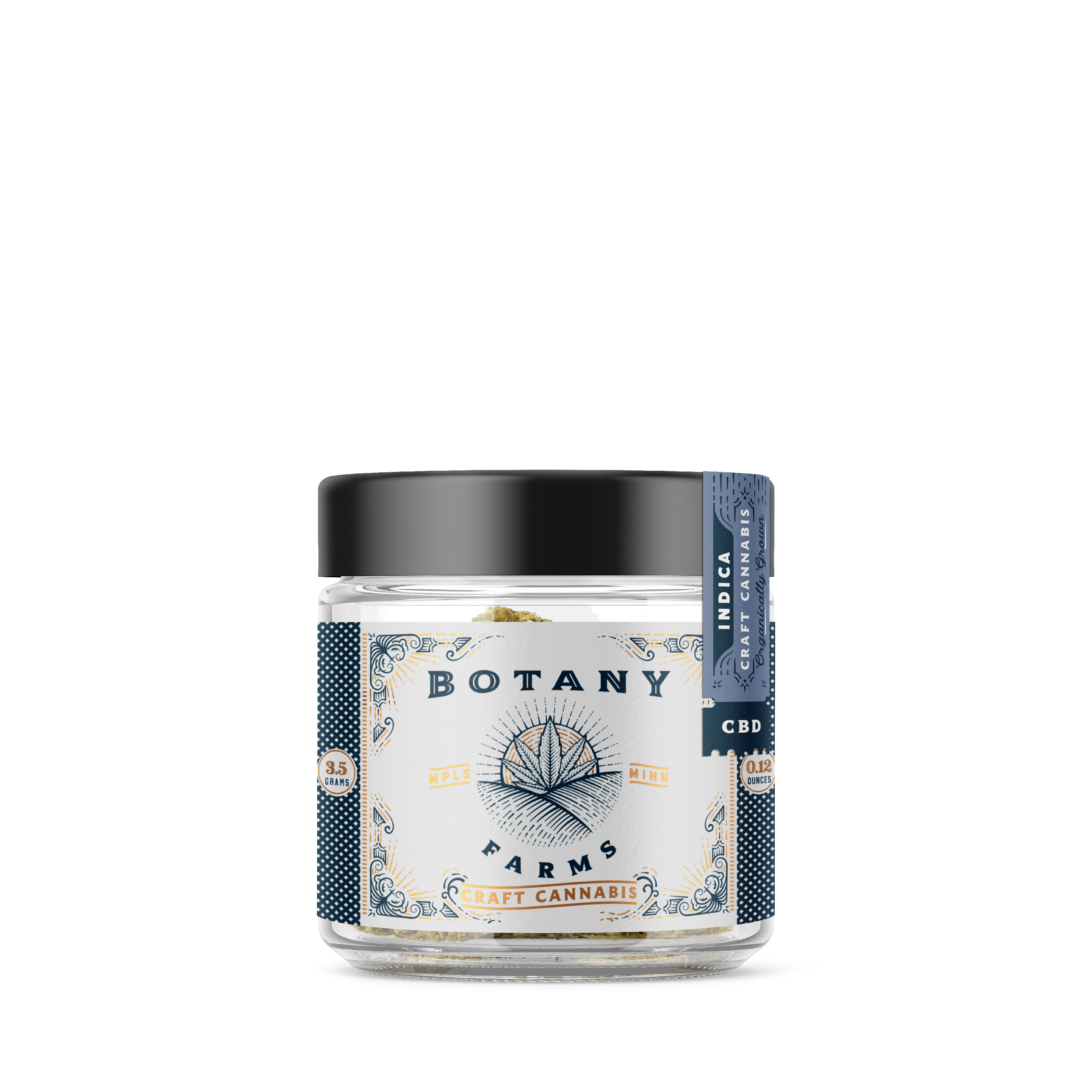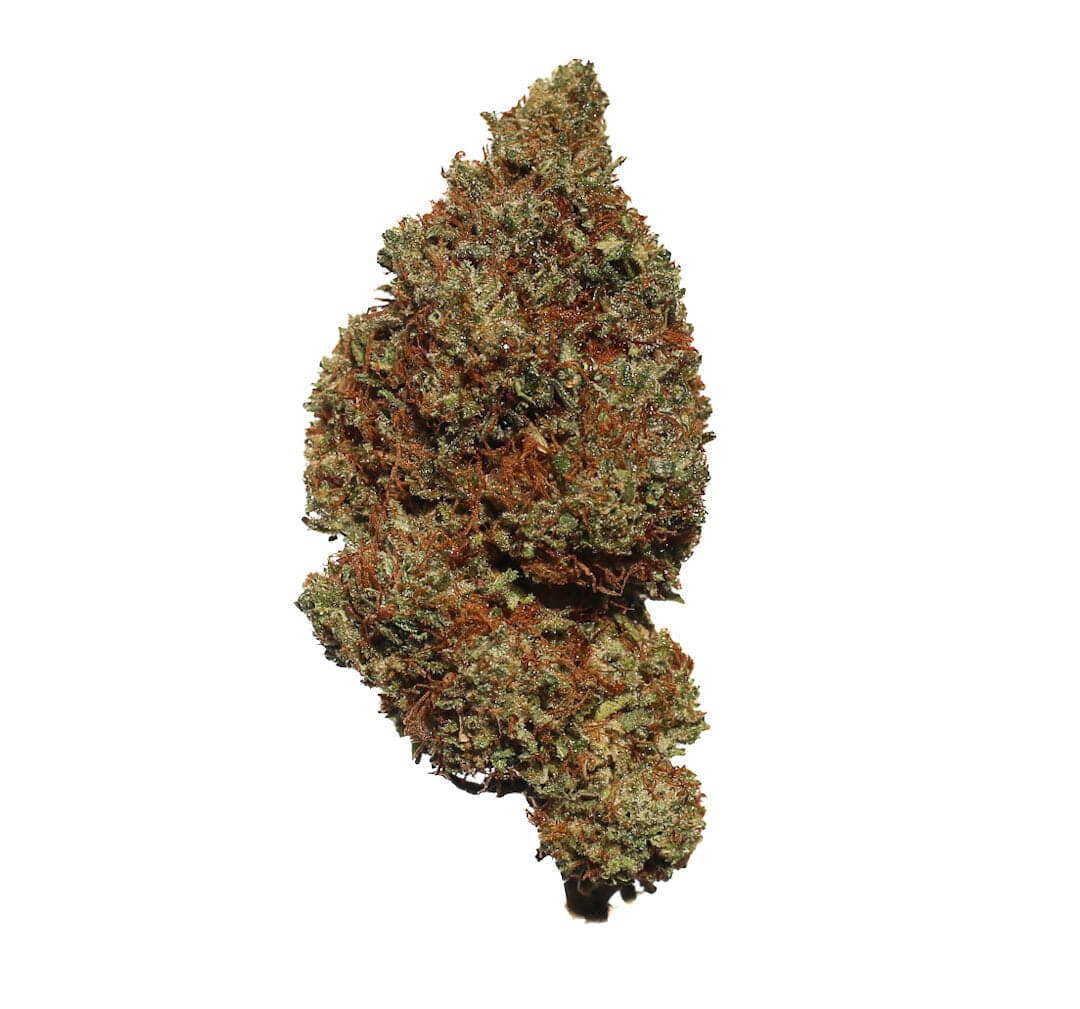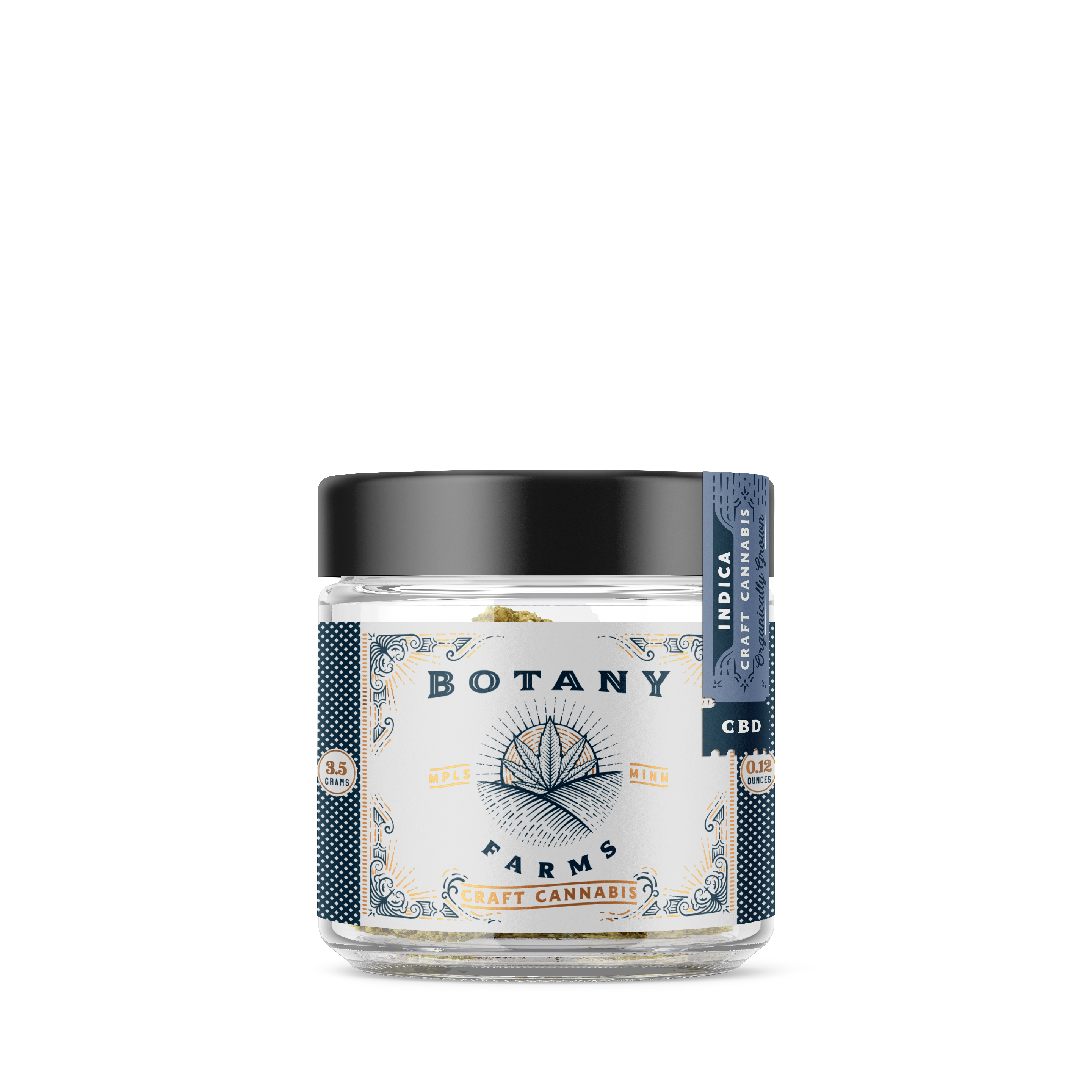These days, one crop makes it to headlines by revolutionizing the industry for growers and producers around the nation, and it is worth taking a closer look at: hemp.
Hemp, the non-psychoactive counterpart of cannabis, has recently experienced increasing demand due to a booming market for hemp-derived products, including CBD, hemp oil, hemp textiles, and many other applications, and has long been known as an essential source of fiber, seeds, and natural oil.
The passage of the Farm Bill 2018 opened up possibilities for American growers to add the plant to their crop options, widening their market. As a result, there has been a surge in popularity related to growing hemp. But planting and growing hemp plants are not as easy as spreading seeds and waiting for the season. Therefore a hemp propagation greenhouse can be a handy tool for growing massive, reliable, and productive hemp harvests for many growers.
This article will tell you everything you need to know about growing hemp in a greenhouse, from the process to strains you can cultivate with this method.
Can Hemp Be Grown in Greenhouses?
Yes, it is entirely viable. Although hemp has historically been grown outdoors in open areas for mankind to produce and process in massive amounts for textiles and other industrial uses, those engaged in growing hemp for the purpose of producing CBD and other products benefit from the advantages of growing hemp in greenhouses.
Hemp is typically harvested once a year, even in places that see warm temperatures most of the year. For this reason, it is much easier to regulate the climate in a greenhouse setting, which ensures farmer they can cultivate hemp throughout the year, and possibly see several yields.
You can transfer your hemp plants into vegetative growth over winter and flowering in spring or summer, depending on your environmental conditions and with the natural sunlight allowed in through a greenhouse. It is also possible for you to increase your CBD production per year in a greenhouse setting by pruning plants until they flower in a more extended vegetative period.
How to Grow Hemp in a Greenhouse
If you have chosen to grow hemp flower, we have some suggestions for exploring whether a greenhouse is the right option to cultivate it. Since a greenhouse is typically discrete and doesn’t imply elevated costs to grow large quantities of these plants, the sunlight’s natural energy is enough to make the plants grow healthier than artificial indoor light.
With this complex crop, growing in a greenhouse can present certain risks. Farmers using a warehouse environment to produce cannabis can initially struggle in the greenhouse, and vice versa. That is the contrast between plant benefits provided by the greenhouse versus maximum environmental protection provided by the warehouse and vertical farming.
- First, think about the materials and design. It should be easy and realistic. It is always a wise decision to go for frames made of metal. A lower probability of catching fire is thanks to metal frames. Considering your state's climate, it can also be sturdy enough to go through windy and stormy seasons.
The best place will be facing natural sunlight somewhere. This eliminates the cost of using artificial or electrical lighting. Even so, make sure that your position in the greenhouse is strategic for replacements to reach all light sources. In addition, ensure the greenhouse is big enough to access storage, place working tables, and water supply.
Last, dress your greenhouse with a transparent coating. A transparent coating allows the volume of light to distribute uniformly. It is possible to choose from glass or plastic. While glass is pricey, it still offers an amazing quality. But you can also select plastic or fiberglass if you are on a tight budget.
- Temperature and ventilation are crucial if you want this to work correctly. Your hemp plant is still capable of growing during winter with direct sunlight. This is mostly because greenhouses, when the season turns cold, are great at storing heat. The humidity, which is a consequence of the temperature change, also reduces the need for watering the plant.
- Light and dark, both are as important. Whether natural or artificial, a source of light is necessary for your hemp plants’ healthy growth. With that said, it is nice to provide your plants with 18 hours of lighting while your hemp is in the vegetation level. You can easily have sunshine during the day and have extra or artificial light to replace the 18 hours at night.
Yet, your hemp plants require darkness in their flowering stage. The flowering stage of hemp, unlike the vegetation stages, needs you to keep your greenhouse dark. Focus on ensuring 12 hours of continuous darkness, and, depending on your production schedule, it will force your hemp flowers to bloom. You may use paint to prevent the sun from entering through the covers or use blackout curtains, also known as light deprivation technology, to do this the right way.
Greenhouse Grown Hemp
There is no noticeable difference between outdoor-grown hemp and a batch from a greenhouse. Greenhouses are more for those who want to reduce money spending and need a constant harvest since that’s what greenhouse allows them. Also, it reduces the risks of pests and ruined crops due to harsh climate conditions, besides keeping your harvest’s life going.
The greenhouse structures enable temperature controlling and fast blooming. Yet, the product’s quality won’t be affected. However, it will all depend on the selected strain, as each type will have different requirements.
Hemp Greenhouse Design
There are various greenhouse designs available, but make sure you choose the most reliable and cost-effective solution for your hemp cultivation activity, always making sure you can easily extend it when needed.
- For almost any crop, including hemp or marijuana, a poly-connected greenhouse is a versatile choice. When required, you can improve it, and it is the most economical greenhouse solution for large-scale growers. The single-piece arch rolled into a gothic peak offers superior control of condensation. The gutter vents provide the most effective and efficient airflow along with the other natural ventilation alternatives.
- A cold-frame greenhouse, also called a hoop house, is a very affordable solution for growing year-round hemp or marijuana as well. Farmers can equip hoop houses with greenhouse-quality polys, and they are a great starter greenhouse for any grower level by installing either fans or natural ventilation.
Greenhouses for Growing Hemp
If you don’t have the time to build a greenhouse from scratch, you can find a prefabricated greenhouse on the internet or specialized stores. Some are cheap, and some are more expensive. It is up to you what you need and can afford. Next, we brought you a couple of options you may consider if you’re interested in buying one.
- Full Bloom offers professional automated greenhouses designed specially to cultivate hemp. Visit their website to know more about their models and prices.
- Ceres is a famous company that builds greenhouses for high-yielding cannabis. Hence, it is more for commercial use than for small growers. Check their Greenhouse here.
- EcoSteel has cost-efficient greenhouses for long-term use you can customize for your requirements. See what they have to offer in their video gallery.
Drying Hemp in a Greenhouse
Growers should leave the floral biomass immediately to the drying facility once the hemp is ready. The building should be well ventilated, out of direct sunshine, and under the roof. Growers need many fans inside to make them work continuously. Ideal temperatures are 60 to 70 degrees F at 60 percent humidity for drying and curing.
This is the perfect environment greenhouses provide if they are correctly maintained, so you won’t need to worry whether the flowers will dry or not; greenhouses also have that aspect covered. Just keep an eye on the humidity level, ventilation, and temperature.
Hemp Grown in Greenhouses
It is not surprising how popular greenhouse hemp cultivars are. Customers are always looking forward to purchasing these strains every new growing season. Here is a short list that stood out among what are the favorites not only in our shop but for the general public:
Sour G CBG is among the most well-known commercial hemp varieties on the market today. It is a collaboration between Herb and Botany Farms, and it has an incredible terpene profile.
Lifter, also available in our shop, is a CBD hemp cultivar created by crossing Early Resin Bud and Suver Haze, another great greenhouse-grown strain. High terpene levels are appealing in both, and they are an ideal option for the growth of smokable indoor flowers. There are honorable mentions, too.
For example, Matterhorn CBG produces low THC and high CBG content (6-10% range) and is mainly grown for the market of smokable flowers. Finally, Mountain Blizzard CBG, with consistent mold, mildew, and rot resistance, is a new high CBG hemp strain that makes it perfect for indoor cultivation.
Greenhouses are a great alternative, not only for industrial growers but for those who are beginning in the business too. The quality is not affected, and the best part is that you will be saving money. It could take more maintenance, but everything is about getting used to the process.
